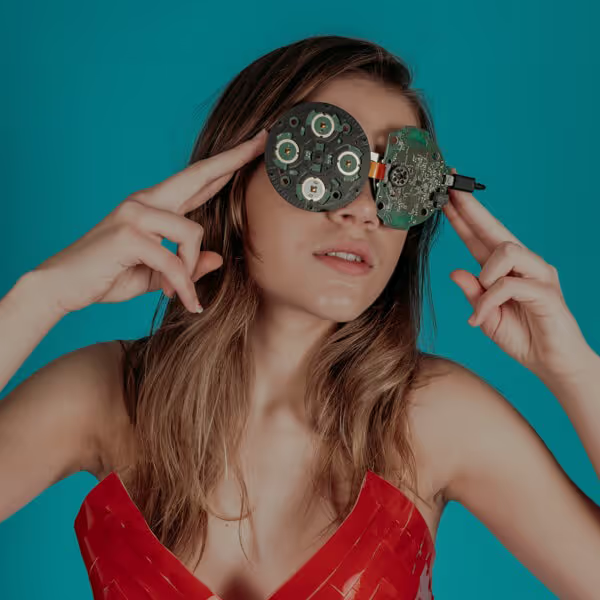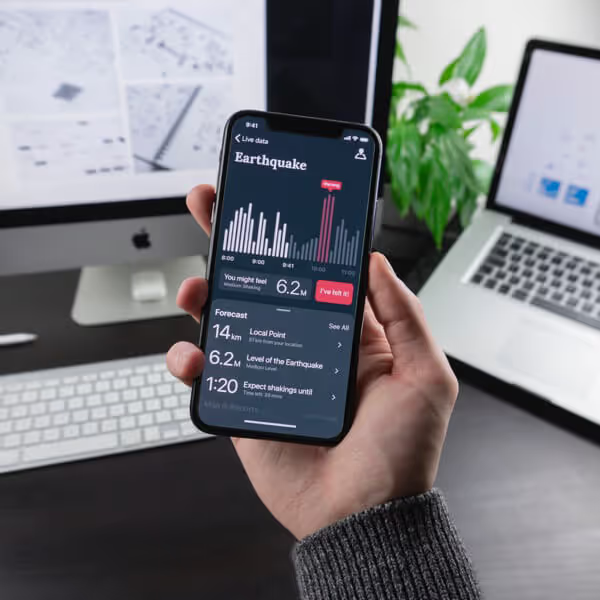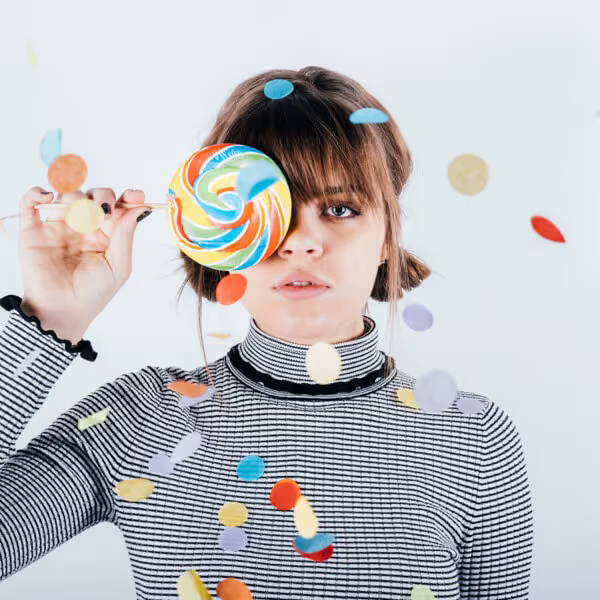ou’ve mapped your user journeys.
You’ve nailed your messaging.
Your website looks clean, professional, and on-brand.
So why aren’t people converting?
Because even when everything seems right, users don’t always see what matters most.
And that’s where visual hierarchy comes in - the unspoken choreography of the user’s gaze. It’s how design quietly tells people where to look, what to read, and when to act.
Done well, it feels effortless. Done poorly, it feels… like scrolling through IKEA instructions at midnight.
When Great Copy Still Fails
You can have the best headline, strongest proof points, and the most persuasive CTA - but if users don’t notice them in the right order, none of it matters.
CRO isn’t just about having all the right ingredients. It’s about how you serve them.
Visual hierarchy is the design discipline that prioritises what users see first, next, and last. It’s the invisible hand that turns curiosity into comprehension - and comprehension into conversion.
The Science of Seeing
Most people don’t read websites. They scan them.
Eye-tracking studies show that users follow predictable patterns - typically an F-pattern or Z-pattern - scanning top to bottom, left to right, and focusing on visual anchors like headlines, images, and buttons.
That means your most important messages need to live along these scanning paths.
Designers often talk about “flow,” but think of it like directing a movie scene:
If the camera lingers on the wrong actor at the wrong time, the audience misses the story.
CRO focus: Design isn’t decoration - it’s direction.
Hierarchy in Action: The Five Layers
A strong visual hierarchy helps users understand your page instantly. Each layer plays a role:
- Headlines (Clarity)
Your headline is the anchor point - it tells users if they’re in the right place and why they should care.
Make it bold, benefit-led, and instantly readable. If you bury your message in small or subtle text, you’ve already lost them. - Supporting Text (Context)
This is where understanding deepens. Supporting copy should be lighter in visual weight and focused on how you deliver value. Think of it as your elevator pitch’s second sentence. - Imagery (Emotion)
Humans process visuals 60,000x faster than text. Choose images that feel aligned with your message, not just “fill space.”
Real people, real environments, and minimal stock clichés build trust and relatability. - Whitespace (Focus)
The unsung hero of design. Whitespace isn’t empty - it’s intentional breathing room. It tells the eye where not to look, reducing cognitive load and increasing comprehension. - CTAs (Action)
High-contrast, obvious, and purpose-driven. Each page should have one primary action per intent - no more, no less.
Overloading users with options doesn’t empower them; it paralyses them.
CRO focus: Visual weight = message importance. If everything screams, nothing’s heard.
Micro Design Decisions, Macro Results
This is where details matter.
Small tweaks in design hierarchy can have an outsized impact on conversion.
- Button Colour → Affects emotion and urgency. (Red = act now; Green = reassurance; Blue = trust.)
- Spacing and Padding → Influence perception of effort. Crowded = hard. Clean = calm.
- Typography → Conveys tone. Serif = traditional; sans serif = modern; uppercase = assertive; lowercase = approachable.
- Consistency → Builds subconscious trust. If every CTA looks the same, users learn to recognise the next step instinctively.
These aren’t just aesthetic decisions - they’re psychological cues.
CRO focus: Every pixel tells a story. Make sure it’s one your users can follow.
The Flow of Decision-Making
The goal of design hierarchy isn’t to make a page “look nice.” It’s to make decisions feel easy.
Every user journey has three split-second stages:
- Notice - Their eyes land somewhere (often the top-left or centre).
- Interpret - They instantly decide whether what they see is relevant.
- Decide - They either continue, click, or leave.
Your design either accelerates this flow… or interrupts it.
Distractions (pop-ups, competing CTAs, clutter) create visual friction - and friction is the enemy of conversions.
CRO focus: Simplify. Prioritise. Guide. Your design should make every next step feel like the obvious next step.
Testing and Refining Hierarchy
Good hierarchy isn’t about guessing what looks best - it’s about testing what works best.
Use:
- Heatmaps to see where attention goes (and where it doesn’t).
- Scroll tracking to understand where users stop reading.
- A/B testing to compare CTA placements, heading sizes, or image alignment.
You might be surprised by the results - often, it’s not about adding something, but removing what distracts.
CRO focus: Let data validate your design instincts.
Design Is the Language of Action
Visual hierarchy isn’t about prettiness - it’s about persuasion.
It’s how you translate the user’s intent (Step 1) and your message (Step 2) into movement.
When done right, design becomes silent - users don’t notice it, they just flow through it.
Because conversion doesn’t happen when users see your CTA.
It happens when everything leading up to it feels effortless.

.avif)












